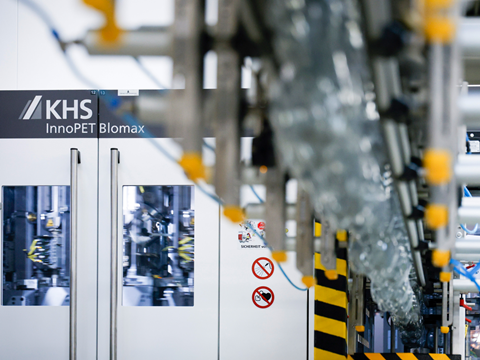
Coca-Cola Europacific Partners (CCEP) has collaborated with KHS to manufacture bottles using the company’s stretch blow moulding technology and Double Gate heating concept in a bid to save energy, water and materials.
The bottler’s production plant in Bavaria has invested in the InnoPET Blomax machine from KHS. The heater used to heat the PET preforms operates with near infrared radiation (NIR), said to be more efficient than other installed infared heaters.
KHS states the heater conveys the preforms without primary reflectors in two lanes on both sides of the lamps, enabling their energy to be applied more effectively. In addition, the Double Gate is apparently more compact than standard preform heaters.
Two old stretch blow moulders were due to be replaced, as they were not expected to satisfy CCEP’s requirements for energy efficiency and availability of spare parts. The biggest challenge was to convert the existing bottle air conveyor to serve one machine instead of two.
As the conveyor’s position was fixed, the new system had to be aligned in the bottle shop with centimeter accuracy. The new machine has been up and running for a few weeks and is now predicted to save up to 560,000 kWh per year.
KHS says it is seeing a fast-growing demand for energy-cutting technologies such as the Double Gate. Marc Harald Eysel, sales manager for PET Technology at KHS, comments: “Even in comparison with modern stretch blow molding systems installed up to about the end of the last decade, our machinery saves a maximum of 30% in energy.”
Last November, as part of our Innovation Spotlight, KHS told us how its canning line technology was being utilized for drinks brand Mattoni 1873’s mineral water. Apparently, the mineral water was being packaged in recyclable beverage cans for the first time in the Czech Republic, with the cans made out of 70% recycled aluminium.
Later in 2024, the company announced its Nature MultiPack bottle carrier could be combined with a carrying handle made of kraft paper. The MultiPack carrier uses adhesive instead of shrink film, paper or cardboard, said to result in 85% less material than conventional setups.
If you liked this story, you might also enjoy:
The ultimate guide to the Packaging and Packaging Waste Regulation in 2024
How are the top brands progressing on packaging sustainability?
Sustainable Innovation Report 2024: Current trends and future priorities
Everything you need to know about global plastic sustainability regulation

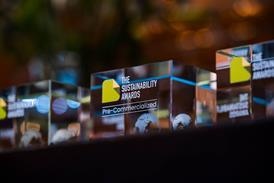
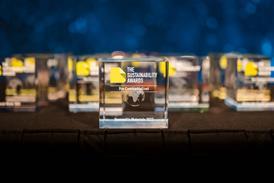
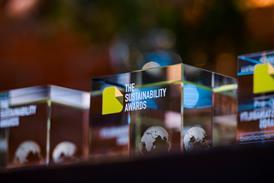
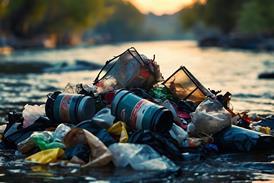
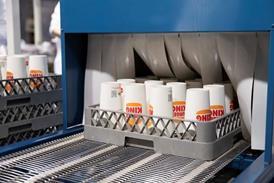












No comments yet